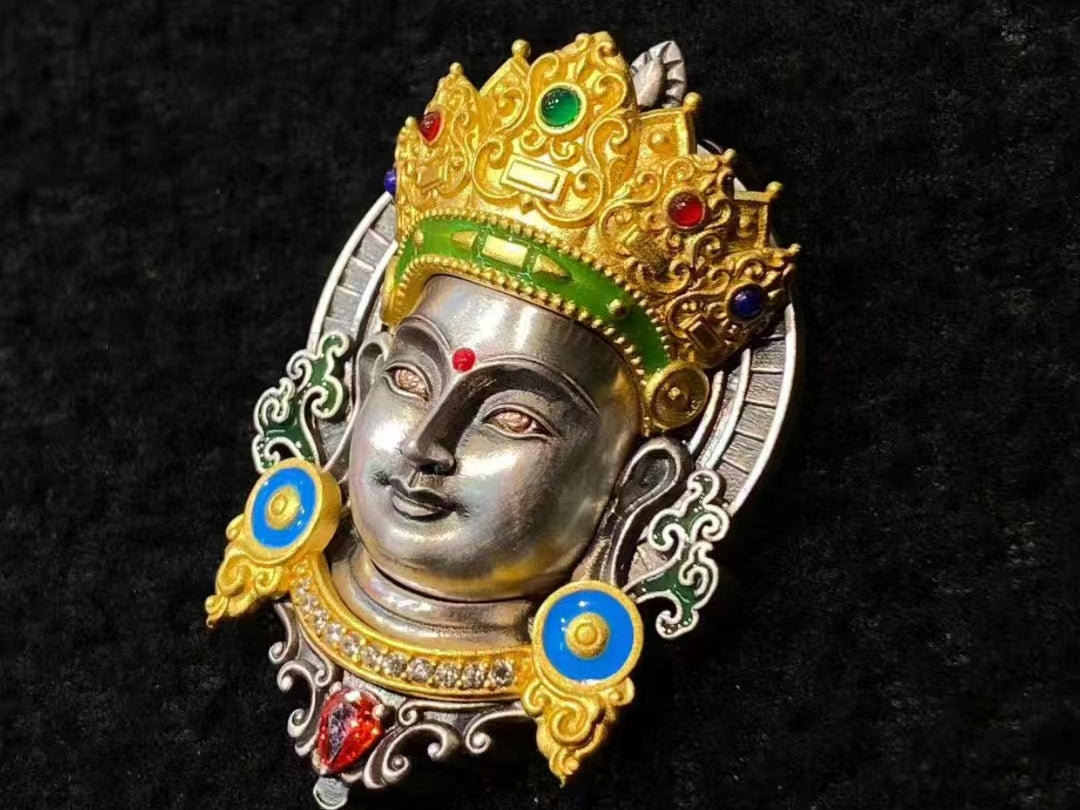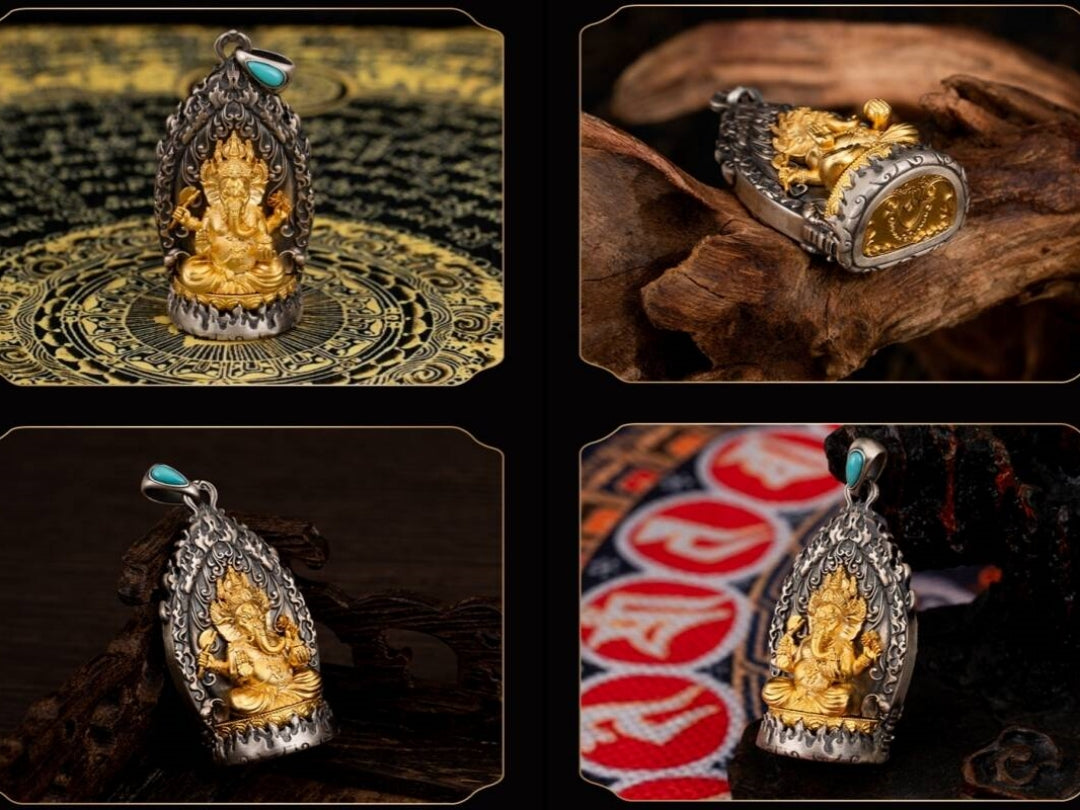The holiday season invites warmth, gathering, and meaning — and for those drawn to ancestral symbols and craftsmanship, sacred jewelry offers more than personal adornment. Imagine a small pendant becoming part of your décor, not merely hanging on a tree, but resting somewhere mindful, illuminated by candle-light, stirring presence instead of just decoration. With a few thoughtful touches, you can gently incorporate sacred ornament jewelry into your Christmas tradition while honoring its origin and significance.
Intentional Display: More Ceremony Than Trend
Turning a Tibetan pendant into a holiday ornament can feel festive — but the shift from wearable talisman to display piece requires intention. Before placing it on a branch or altar, ask: What is this piece calling me to remember? Is it compassion? Protection? Gratitude? Treating your object as sacred rather than seasonal creates a moment of reverence.
Here are respectful ways to display your piece:
-
Tree décor with meaning: Choose a sturdy cord (preferably cotton or silk) to hang the pendant on a branch near the center of the tree. Below it, place a small printed note: e.g., “Pendant in honor of Green Tara – for compassion and safety.”
-
Home altar addition: On a daily meditation shelf or fireplace mantle, position the pendant beside a lit tea light or candle. The accompanying charm becomes part of a seasonal ritual before resuming year-round use.
-
Guest invitation: When friends or family visit, you might quietly share: “This charm is Tibetan, symbolizing clarity of heart. You’re welcome to hold it for a moment.” Framing it this way avoids casual appropriation and fosters respect.
Choosing Pendants That Bridge Personal Wear and Ornament
Not every piece translates well from wrist or neck to display. Look for pendants that:
-
Have a loop or bail large enough to slip a ribbon through.
-
Feature a meaningful symbol (lotus, mani mantra, protector deity) that invites contemplation.
-
Use width and materials that maintain visual presence even when hung (20–30mm diameter is a useful size).
If you’re purchasing new items and searching terms like Tibetan pendant ornament or sacred ornament jewelry, ask yourself: will this piece stand a few weeks of festive display, then return to everyday wear?
Care Notes for Pendants That Move Between Wear and Display
-
Alternate use: If you wear the pendant for part of the year and display it for part, remove it before hooking it, and wipe it gently when putting it back on.
-
Avoid damp display locations: Tree water trays, outdoor porches, or humid rooms can damage painted or inlaid surfaces.
-
Safeguard each part: If the piece has a mantra-engraved reverse, display the face outward and keep inscriptions away from sunlight for long hours.
-
Return to wear thoughtfully: After the holiday display, when you put the piece back on, consider a short breath-pause or intention-setting moment: “May this charm continue to remind me of gratitude and clarity.”
Why This Practice Matters
Transforming wearable spiritual jewelry into a holiday ornament isn’t just clever design—it’s invitation. It invites your mind and heart into presence rather than consumption. It invites guests to pause. It invites cultural narrative rather than trend-driven décor. Most importantly, it invites continuity between your daily practice and the special moments of seasonal ritual.
By doing so, your piece doesn’t become a seasonal flash-in-the-pan—it becomes a bridge between personal devotion and communal celebration.





